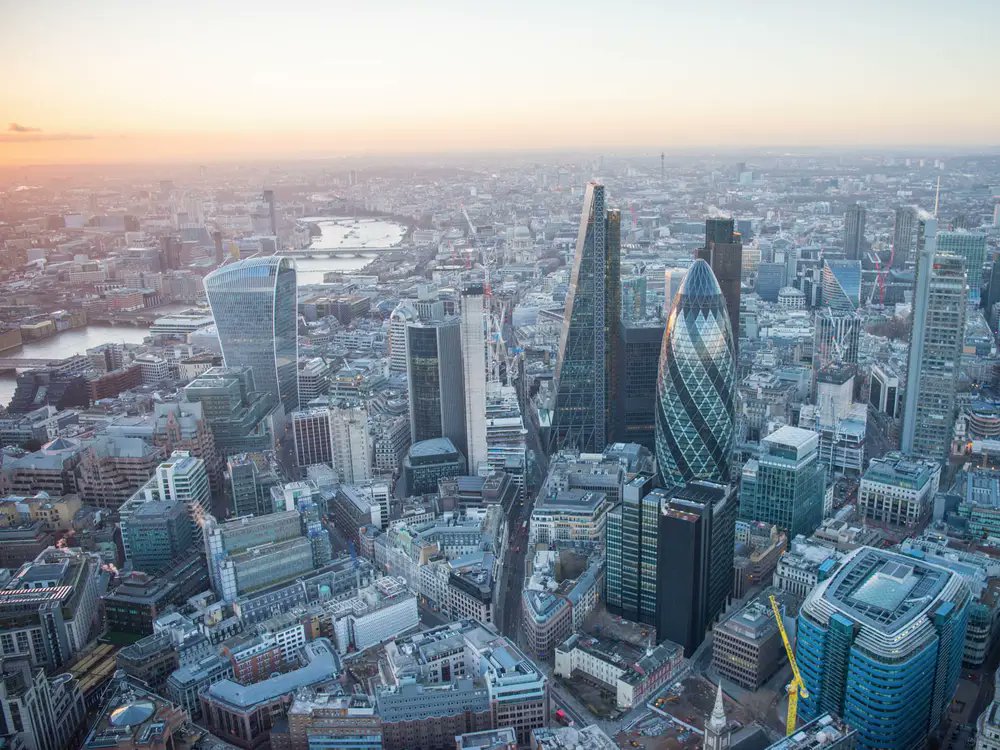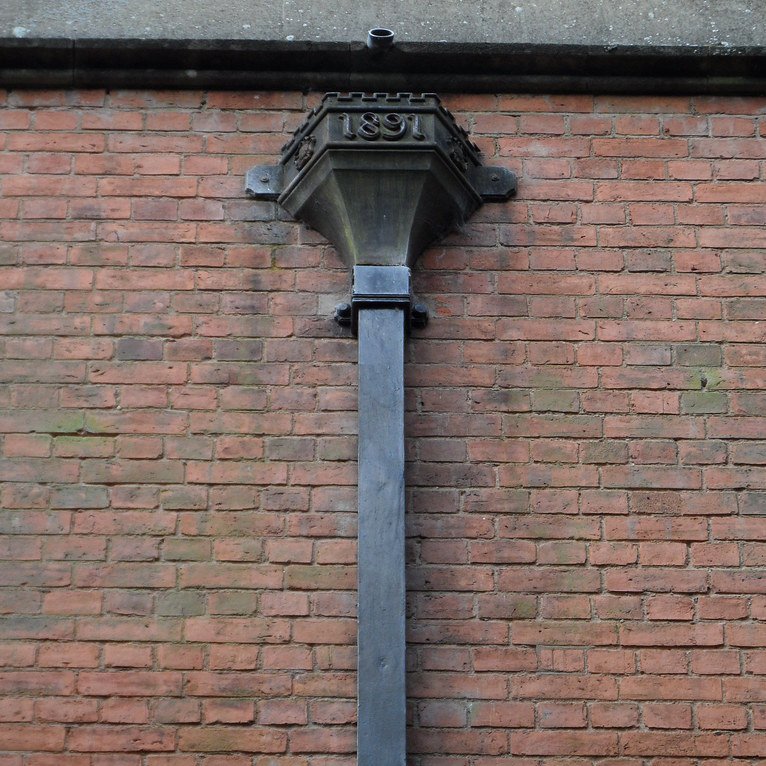Ordinary beauty is a powerful concept which seems to have gone missing.
And it's not about lavishing everything with ornament or masterful artistic quality.
Nor is it about a single aesthetic or style, because there are many different ways for something to be beautiful.
And it's not about lavishing everything with ornament or masterful artistic quality.
Nor is it about a single aesthetic or style, because there are many different ways for something to be beautiful.

Ordinary beauty is about a minimum level of intention to create something which is more than merely functional.
It's the presence of some aesthetic value, even a small amount.
It's the difference between these two welcome signs:

It's the presence of some aesthetic value, even a small amount.
It's the difference between these two welcome signs:


The result of ordinary beauty is that our world becomes a place we *want* to live in.
That shouldn't sound revolutionary, but it is.
When the simple things have aesthetic quality, it reminds us that there is something *more* to being human than work, stress, and commuting.

That shouldn't sound revolutionary, but it is.
When the simple things have aesthetic quality, it reminds us that there is something *more* to being human than work, stress, and commuting.


It's also a form of public trust.
When the things around you look like this, why the hell should you care about them?
Because when no effort has been made to humanise the world you're living in, why would we think the world cares about you either?
When the things around you look like this, why the hell should you care about them?
Because when no effort has been made to humanise the world you're living in, why would we think the world cares about you either?

But when there's some considered aesthetic value to public buildings, it creates a shared sense of respect and belief.
It facilitates community and social trust in a subtle but profound way.
Just compare these two town halls...

It facilitates community and social trust in a subtle but profound way.
Just compare these two town halls...


Libraries are another great example.
Important public buildings, intended for the community, and supposed to be places of learning, scholarship, and inspiration.
But you wouldn't know it based on how libraries are now built.

Important public buildings, intended for the community, and supposed to be places of learning, scholarship, and inspiration.
But you wouldn't know it based on how libraries are now built.


And it creates a sense of pride in your town and community.
When things look a bit *nicer* people are more inclined to maintain them, clean them, and look after them.
No wonder the UK's new phone boxes are all graffitied and destroyed...
When things look a bit *nicer* people are more inclined to maintain them, clean them, and look after them.
No wonder the UK's new phone boxes are all graffitied and destroyed...

A lack of ordinary beauty has catastrophic social, environmental, cultural, and psychological implications.
It creates cities and towns and public spaces people *don't like* being in.
And perhaps worse, it seems those spaces *don't like* people either.
It creates cities and towns and public spaces people *don't like* being in.
And perhaps worse, it seems those spaces *don't like* people either.
Studies have proven that ugly or bland urban spaces are psychologically harmful.
People become more stressed and less happy.
Is it any wonder people are so unhappy when their towns and cities look like this?!
People become more stressed and less happy.
Is it any wonder people are so unhappy when their towns and cities look like this?!

Tellingly, people actually walk *faster* in uglier urban spaces. Head down, thinking about whatever problems are affecting their lives...
That's what a lack of ordinary beauty does. It disconnects us from the world in a very literal way.
That's what a lack of ordinary beauty does. It disconnects us from the world in a very literal way.

Meanwhile, ugly buildings are much more likely to be demolished in the future, thus incurring a huge additional and unnecessary economic and environmental cost. 

We don't yet know the consequences of a bland world.
But when kids are being educated in schools that look like prisons, when public buildings inspire no trust or belief, when people actively dislike walking down the streets...
It can't be good.
But when kids are being educated in schools that look like prisons, when public buildings inspire no trust or belief, when people actively dislike walking down the streets...
It can't be good.
Why has beauty in the ordinary died?
Perhaps it reflects a deep cultural shift. Perhaps the 21st century is all about spreadsheet economics and bureaucratic budgets.
Ordinary beauty has no place in such a world; aesthetics are no longer an important factor.
Perhaps it reflects a deep cultural shift. Perhaps the 21st century is all about spreadsheet economics and bureaucratic budgets.
Ordinary beauty has no place in such a world; aesthetics are no longer an important factor.

And so, while it's easy to feel like the blandness of the modern world is inevitable, we shouldn't resign ourselves to it.
Ordinary things - even bins, to come full circle - can possess that quality which makes human existence more than automatic: beauty.

Ordinary things - even bins, to come full circle - can possess that quality which makes human existence more than automatic: beauty.


Alas, that's probably enough for now. Time to listen to Bruckner's 5th Symphony...
What are some other examples of beauty in the ordinary?
What are some other examples of beauty in the ordinary?
• • •
Missing some Tweet in this thread? You can try to
force a refresh


























